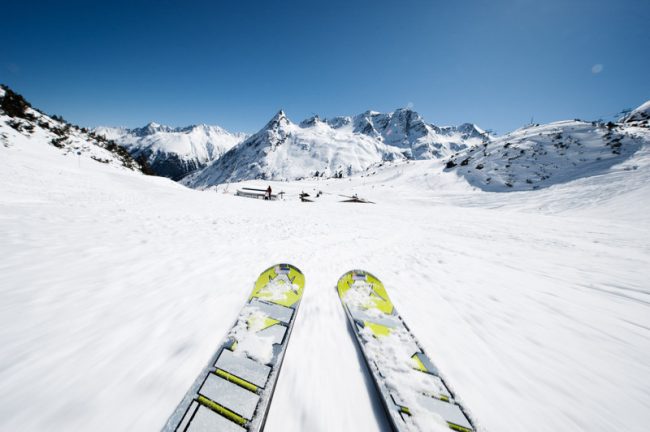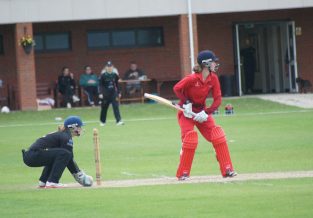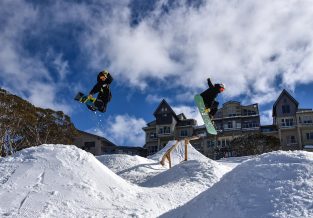Stability And Strength For The Slopes
Published on
16 Jun 2015

Call us on: (03) 9975 4133
The onset of the colder months brings great excitement for sliding the slopes but often we launch onto the ski fields without considering if our bodies are really ready to tackle the demands of skiing. So ask yourself..are you ready?
The team at Pure are excited to see the snow coming…and are ready to help you hit the mountains with good preparation and a reduction in the risk of an unnecessary injury!
As physiotherapist we see the consequences of many local ski bunnies that hit the slopes hard, taking off from where they left off the previous season. Skiing is a demanding sport that requires a significant amount of strength, flexibility and balance. Knee injuries are one of the most common skiing injuries followed by shoulder/wrist and thumb injuries from falls onto an outstretched hand or shoulder.
Although we cannot prevent all injuries better balance and proprioception will result in less falls and ability to correct ones balance if it is lost. Sound muscle strength will help absorb load from the joint particularly on landings and impact, which will result in reduced strain and tension through ligaments and tendons.
So how can we best prepare for the ski season? The answer is through these four key components:
Firstly aerobic fitness:
A multitude of cross training exercises can be utilised to build you aerobic fitness during the off-season. Ideally it is important to include some weight bearing such as running or cross trainer to help build the strength required for repetitive impact. This can also be mixed with other activities such as cycling or swimming to help build general cardiovascular fitness.
Injury risk significantly increases as we fatigue so the fitter we are the longer we can stay on the slopes without increasing our risk of injury.
Second is Strength:
2-3 strength sessions per week is ideal preparation. Core, gluts and quads strength should be the key focus. Good core strength will reduce your risk of back injury and assist in stabilising your pelvis which provide the platform for optimising your gluteal activity.
The gluteals are one of the strongest muscle groups in your body. They are power generators to help propel you down the slopes but also have a significant role in supporting your knee.
Quadriceps strength needs hardly any explanation; trial squatting into a ski position for 60secs (making sure you sit back) and you will quickly understand the importance of good quad and glut strength!
Next is stability and balance:
BOSU balls, swiss balls and dura discs are soon to become your new nemesis. This type of equipment is fantastic at re-creating the unpredictable surface of the snow and helps speed up the bodies reaction to losing balance, this is called proprioception.
The more you practise and challenge your bodies’ balance systems the better you will be! Finally…
Flexibility:
Hip and trunk mobility are key in skiing. We need good hip and lower back mobility to sustain the ski squat position. If our muscles are not working at an optimal length tension relationship they will be under significantly more strain resulting in a higher likelihood of DOMS (delayed onset muscles soreness) or even worse injury to the hamstring quads or lower back.
The team at Pure are excited to see the snow coming…and are ready to help you hit the mountains with good preparation and a reduction in the risk of an unnecessary injury!


